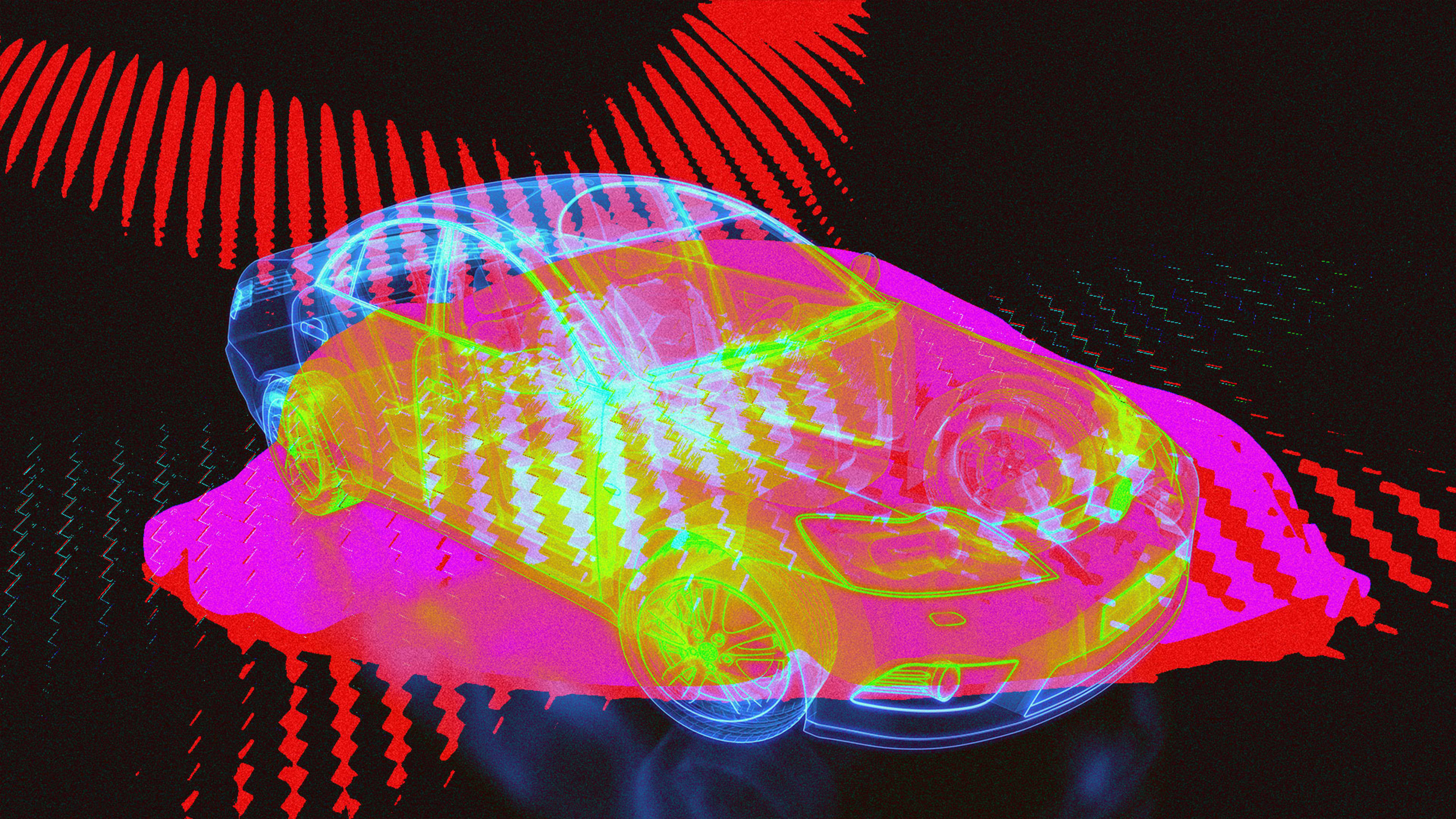Yesterday, California took a historic step that will help the state reduce its carbon emissions while fighting climate change, and may even help reduce respiratory diseases. America’s most populous state has passed a resolution that will ban the sales of new gasoline-powered cars by 2035.
As CNBC reports, the resolution was issued by the California Air Resources Board on Thursday and was hailed by the agency as a move that will cut pollution from cars and light trucks in half by 2040. But just what does California’s ban on the sales of new gas-powered cars mean for drivers and car manufacturers? Here’s what you need to know:
- Is California banning all gas-powered cars in 2035? No. California is only banning the sale of new cars that are solely powered by internal combustion engines. Gas-powered cars that are already on the road by 2035 will still be legal to own and drive.
- But Californians will no longer be able to buy a new gas-powered car, correct? That’s right. Come 2035, you won’t be able to go to a car dealer in the state and purchase a gas-powered car or light truck.
- Can I still sell my used gas-powered car after 2035? Yes. Individuals who own a gas-powered car past 2035 will still be able to sell them on the used market.
- Can carmakers still sell hybrids after 2035? Yes, but not like they can today. Carmakers will still be able to sell plug-in hybrids provided they do not exceed 20% of all car sales.
- Do car manufacturers have until 2035 to start making changes? No. The 2035 resolution actually begins in 2026 for car manufacturers and phases out gas-powered cars over a 10-year period. The resolution says that 35% of car sales must be of battery- or hydrogen-powered vehicles by 2026. The percentage raises to 68% by 2030. The full ban on gas-powered vehicles begins in 2035.
- Will California’s ban be smooth sailing? One would hope, but there are challenges. The successful transition to battery- or hydrogen-powered vehicles depends a lot on how quickly California can roll out charging infrastructure across the state. Converting gas stations to charging-capable stations will take time and money. Inflationary costs can also threaten the transition as can supply chain issues—such as the current chip crisis.
- Will California’s decision impact other states? Most likely. California often leads the way when it comes to automotive rules. As CNBC notes, California was the first state to institute tailpipe emissions standards all the way back in 1966. And usually, eventually, as goes California, so goes the nation.
Recognize your brand’s excellence by applying to this year’s Brands That Matter Awards before the early-rate deadline, May 3.
